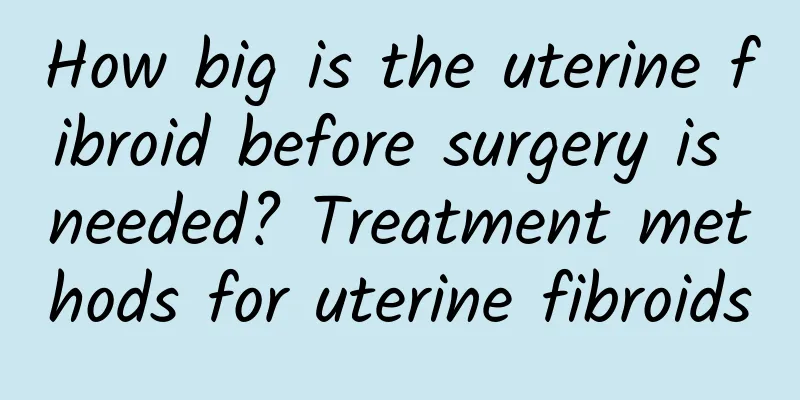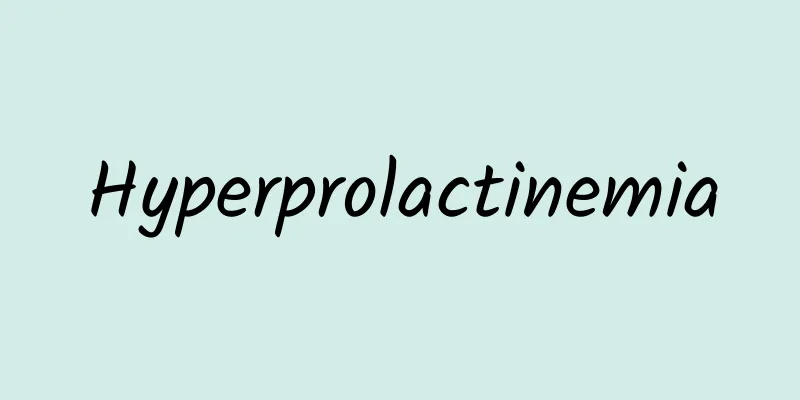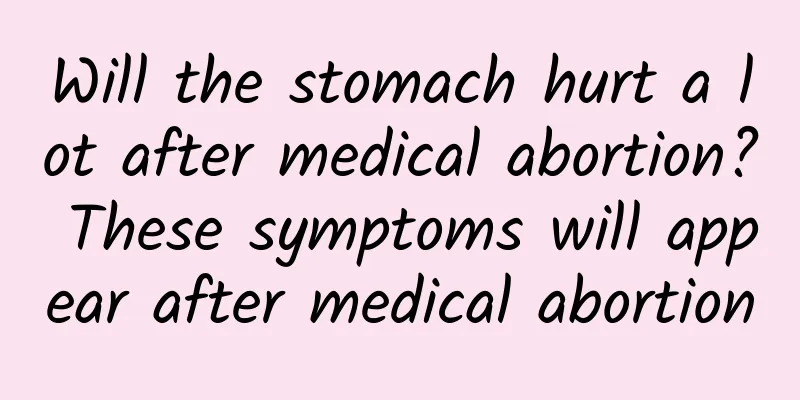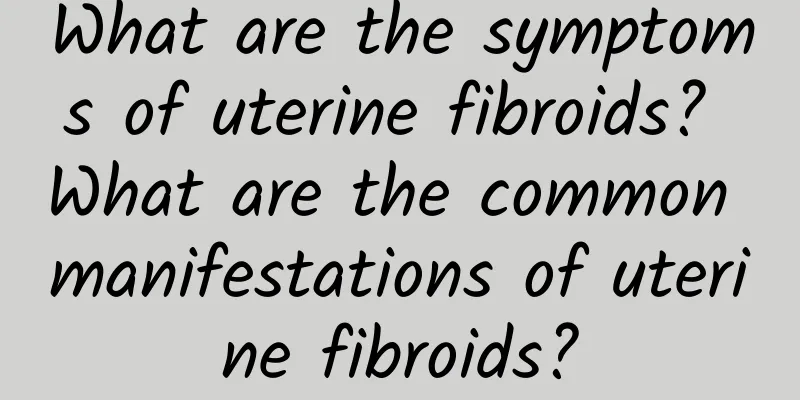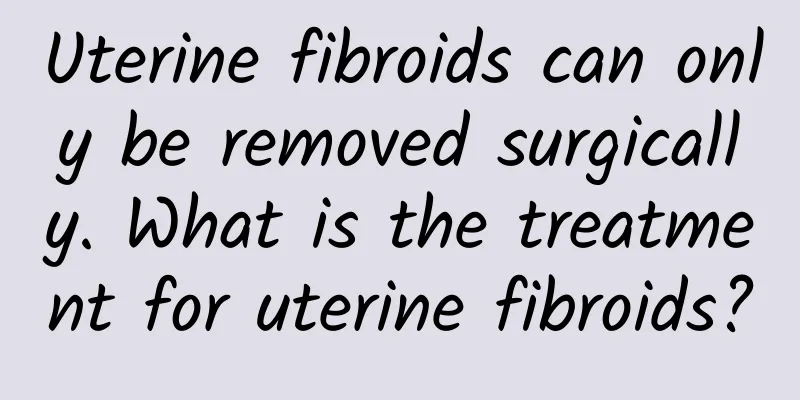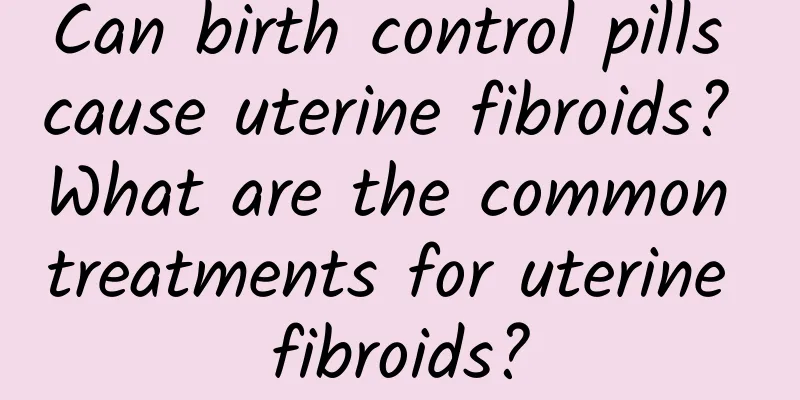What should I do if I have uterine fibroids? What are the early symptoms of uterine fibroids?

|
Many women discover uterine fibroids during gynecological examinations, and there are no obvious symptoms of discomfort before the discovery of uterine fibroids. Symptoms of uterine fibroids generally include irregular vaginal bleeding, abdominal lumps, a certain degree of frequent urination, urgency, back pain, etc. Since many other diseases may also have similar symptoms, it is often difficult for the general public to recognize the early symptoms of uterine fibroids. The cause of uterine fibroids is still unclear, but some experts believe it may be related to hormones and genetics. Gynecologists suggest that if it is a single fibroid with a diameter of less than 5 cm, conservative treatment can be considered, and as long as regular check-ups are done, it generally will not cause serious effects on the body. If it is multiple uterine fibroids or larger fibroids, surgical resection should be considered. How much uterine fibroids should be removed? When uterine fibroids grow to the size of a fist or larger, they may cause other gynecological inflammations or affect menstruation, resulting in heavy menstrual flow, prolonged menstruation, etc. Women with large fibroids that grow rapidly may experience uterine fibroid degeneration, infection, torsion, etc., leading to abdominal pain and malignant lesions. Once the fibroid pedicle torsions occur, emergency surgery is often required. There are two surgical methods for uterine fibroids, one is laparoscopic surgery and the other is laparotomy. Laparoscopic surgery is a minimally invasive surgical treatment, which is generally believed to be less traumatic and less likely to leave scars. However, if there is no patient with uterine fibroids, most doctors recommend laparotomy. Although laparotomy will leave scars on the abdomen, the wound recovery will be better and the risk of uterine rupture after childbirth can be reduced. Will uterine fibroids recur after removal? Uterine fibroids can be solitary or multiple, that is, several, dozens or even hundreds of fibroids can grow on the uterus. At the same time, the size of fibroids can be as small as sesame seeds or as large as more than 10 cm in diameter. In addition, these tumors do not all grow on the surface of the uterus, but can protrude from the outer surface of the uterus, the myometrium, or the uterine cavity. They are deep and shallow. Therefore, they may not be seen during surgery. Invisible fibroids cannot be seen over time, and small fibroids grow again. In addition, even if all fibroids are removed during surgery, new fibroids may grow in other parts of the body in the future, especially in patients with multiple fibroids. Therefore, after fibroid removal, there is still a possibility of fibroid recurrence, and regular outpatient follow-up should be performed. Do uterine fibroids affect pregnancy? It is reported that 25% to 35% of patients with uterine fibroids are infertile. This is related to the size and location of the fibroids. For example, fibroids located in the uterine horns can cause the fallopian tubes to twist and deform, affecting the passage of sperm or fertilized eggs and reducing the chance of pregnancy. Uterine fibroids are located under the mucosa, because they occupy the normal uterine cavity, affecting the implantation of the fertilized egg. Large intramural fibroids can not only change the normal shape of the uterine cavity, but also compress the fallopian tubes. In addition to infertility, a series of complications may occur during pregnancy, such as early miscarriage, premature birth, postpartum hemorrhage or birth canal obstruction. Therefore, in order to increase the chance of fertility, we should seek medical treatment in time. According to the size and location of the fibroids, gynecological minimally invasive surgery - laparoscopic or hysteroscopic surgery to remove the fibroids can increase the chance of pregnancy and reduce complications such as early miscarriage. Related articles: Observe the condition of leucorrhea to detect uterine fibroids at an early stage More than 70% of uterine fibroids will recur. Do not rush to remove uterine fibroids if they are found during perimenopause When is the best time to have surgery for uterine fibroids? |
>>: It depends on what to do about uterine fibroids. Dietary treatment for uterine fibroids
Recommend
Combined with the examination of vaginitis, it helps the patient's condition
Vaginitis is a very harmful disease. Once you get...
There is a secret to losing weight quickly. Combine 4 fat-burning superstars to help you lose weight easily in 2 weeks!
Graduation season is here again, and teacher appr...
Precautions for preventing uterine fibroids
Daily life conditioning is very important for pre...
Still queuing up to buy mooncakes? Homemade high-fiber, low-oil sweet potato and taro snow skin mooncakes, healthy and worry-free
Are you still queuing up to buy mooncakes? The mo...
What are the harmful manifestations of pelvic inflammatory disease?
The high incidence of pelvic inflammatory disease...
What are the reactions and symptoms of uterine fibroids? Do uterine fibroids have any symptoms?
Uterine fibroids are the most common benign gynec...
Does a thin endometrium of 2mm mean menopause?
Does endometrium thinning to 2mm mean menopause? ...
There are some tricks to get rid of the saddle hips and elephant legs! "These 3 tricks" chair exercises can easily sculpt your lower body
Office workers are busy and stressed at work, and...
What supplements can my wife take for uterine fibroids? What are the best foods for patients with uterine fibroids?
My wife's uterine fibroids are a common gynec...
What medicine is effective for vulvar itching
What medicine is effective for vulvar itching Vag...
How to treat mild cervical erosion quickly? Three methods have great advantages in treating mild cervical erosion
Cervical erosion is not the rotten cervix as ever...
Excessive vaginal discharge may be a symptom of vaginitis
Due to the many causes of the disease, the sympto...
How long will menopausal hot flashes last? You can adjust it according to your daily life
Women will experience some uncomfortable symptoms...
The main symptom of mild cervicitis is increased leucorrhea
The main symptom of mild cervicitis is an increas...
What are the anti-inflammatory drugs for female cervical erosion? Introduction to the treatment and prevention of female cervical erosion
Cervical erosion is a very common gynecological d...
